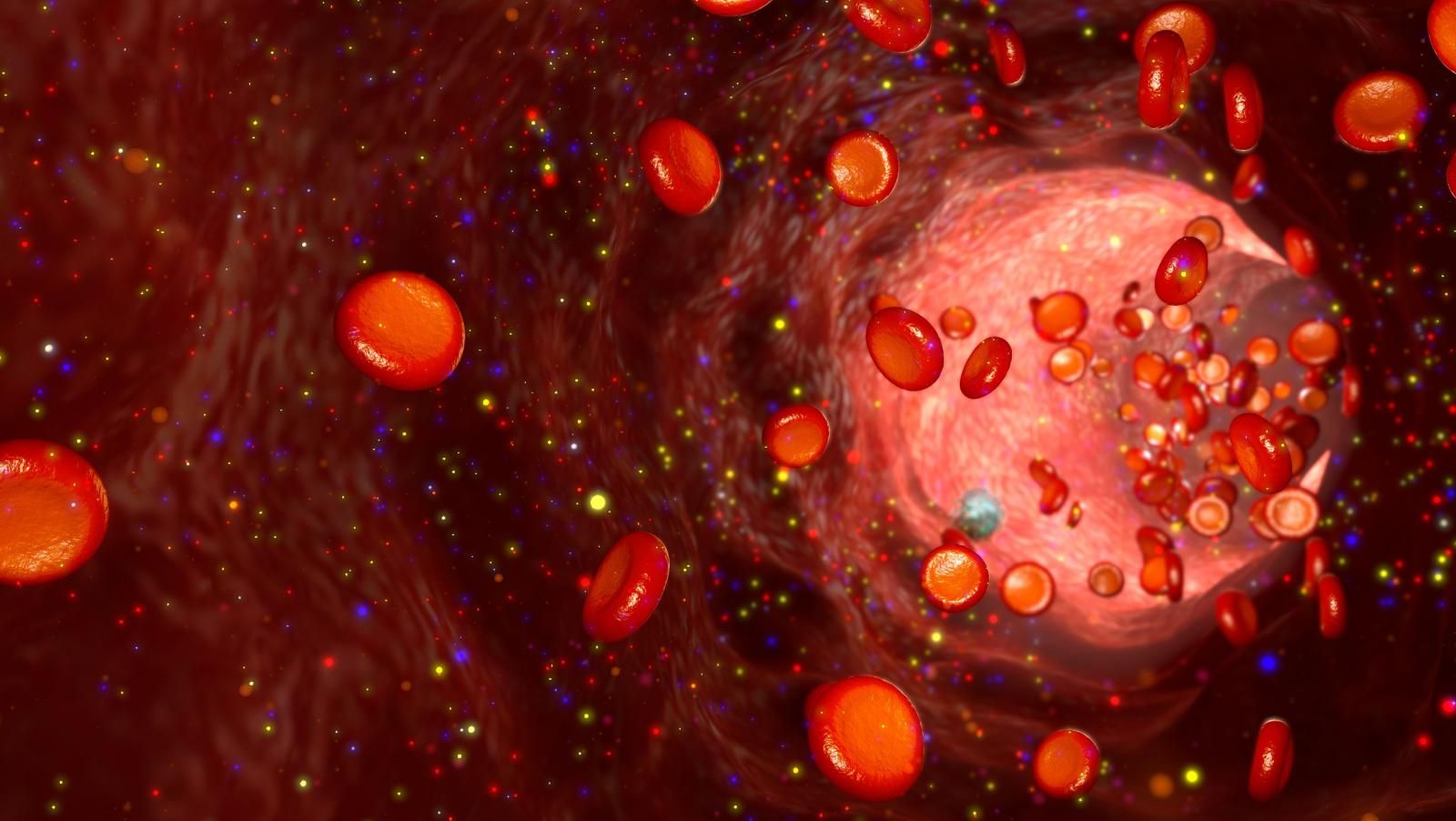86% Remission Rate Observed in Chemotherapy and ARC Combination in Relapsed/Refractory AML
After demonstrating promising results that were comparable to targeted therapies in the first 2 cohorts of a phase I clinical trial, the combination of cladribine, cytarabine, granulocyte-colony stimulating factor, and mitoxantrone plus the antibody radiation conjugate lintuzumab-Ac225 in patients with relapsed/refractory acute myeloid leukemia is now being explored in a third cohort.

After demonstrating promising results that were favorably comparable to targeted therapies in the first 2 cohorts of a phase I clinical trial, the combination of cladribine, cytarabine, granulocyte-colony stimulating factor (G-CSF), and mitoxantrone (CLAG-M) plus the antibody radiation conjugate (ARC) lintuzumab-Ac225 (Actimab-A) in patients with relapsed/refractory acute myeloid leukemia (AML) is now being explored in a third cohort. The first patient of the third cohort has been dosed, according to a press release from Actinium Pharmaceuticals, Inc, developer of the novel agent.
To date, patients with relapsed/refractory AML enrolled to the clinical trial have been high-risk with intermediate- and poor-risk cytogenetics. Most patients received at least 3 or more prior lines of therapy, which included bone marrow transplant in some patients.
The first cohort of patients were given 0.25 uCi/kg of lintuzumab-Ac225, whereas the second cohort received 0.50 uCi/kg. Six out of 7 patients (86%) in the second cohort had a complete response after receiving the dose of the ARC, which is close to a 60% increase over the response rate reported in a clinical trial of patients with relapsed/refractory AML who were treated with CLAG-M alone.
In addition, 5 of 7 patients (71%) in the second cohort had negative minimal residual disease (MRD) after treatment, which demonstrates that the patients had no detectable disease remaining after receiving the combination treatment.
These remission rates appear favorably comparable to that of other targeted therapies that have been approved for the treatment of this patient population. The objective response rate (ORR) with this combination has been 86% compared with an ORR of 68% with gilteritinib (Xospata), 64% with venetoclax (Venclexta) plus hypomethylating agents, 40% with enasidenib (Idhifa), 19% with venetoclax alone, and 17% with azacytidine (Vidaza) alone.
A similar phase I/II clinical trial previously treated 58 patients with newly diagnosed AML with the single-agent ARC. The response rates observed were 17% with a dose of 1.0 uCi/kg, 22% with 1.5 uCi/kg, and 69% with 2.0 uCi/kg.
“We feel these results support the additive benefits, mechanistic synergy, and potentiating abilities of ARC combinations,” Mark Berger, chief medical officer, Actinium, said in a statement. “We have great excitement for the third and final cohort and hope to improve on the already encouraging results we have seen thus far.”
The third cohort of this investigator-initiated phase I study, being conducted at the Medical College of Wisconsin, will receive a cycle of CLAG-M, followed by 0.75 u/Ci/kg of lintuzumab-Ac225 on days 6, 7, and 8. The ARC targets CD33 on blood cancer cells to deliver potent cytotoxic radiation via the radioisotope Actinium-225.
“Targeting the CD33 receptor on AML cells with potent alpha radiation via an Actinium-225 ARC hits these cells with a cytotoxic agent they have not been exposed to before and have no resistance mechanism against,” said Berger.
Investigators plan to enroll 18 patients with relapsed/refractory AML in the third cohort to evaluate the safety of the combination and determine the maximum-tolerated dose, which are the co-primary end points of the trial. Investigators will also evaluate the response rates, progression-free survival, and overall survival in this patient population with the combination as secondary end points.
To be included in this trial, patients must be in first or subsequent relapse or refractory status following a prior therapy, with or without hematopoietic stem cell transplantation. They must have an ECOG performance status of 0, 1, or 2, and more than 25% of blasts must be CD33 positive.
If patients have an active severe infection that is not controlled by antibacterial or antiviral therapy, they cannot be included in the trial. Patients are also excluded if they have acute promyelocytic leukemia, a known infection with HIV, documented pulmonary disease, or have received chemotherapy or radiotherapy within 14 days of study entry unless fully recovered from treatment-related adverse events.
Investigators expect to complete enrollment for the third cohort by mid-2020. Should the results from this cohort be positive, the company plans to advance CLAG-M plus lintuzumab-Ac225 to a phase II clinical trial in order to determine the significance of this regimen. They are also looking ahead to a potential pivotal trial to confirm these preliminary data in support of approval of the ARC.
Reference:
Actinium Pharmaceuticals Announces First Patient Treated in Third and Final Dose Cohort of Actimab-A CLAG-M Combination Phase 1 Trial in Acute Myeloid Leukemia [news release]. New York, NY: Actinium Pharmaceuticals; March 5, 2020. https://bit.ly/2TH8eAm. Accessed March 10, 2020.